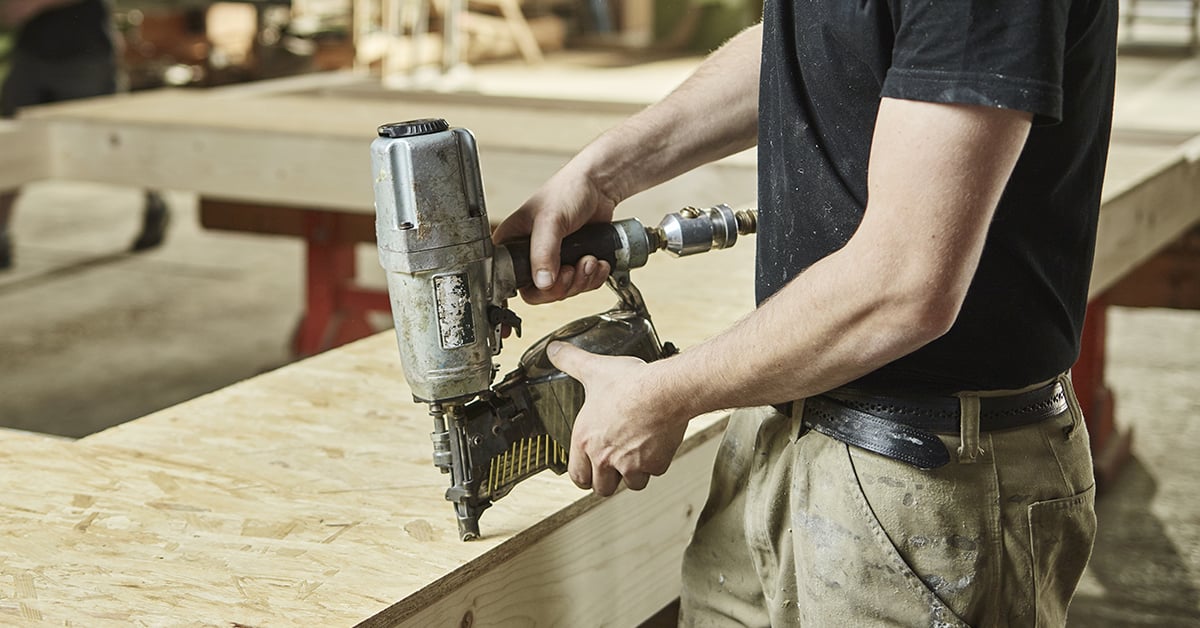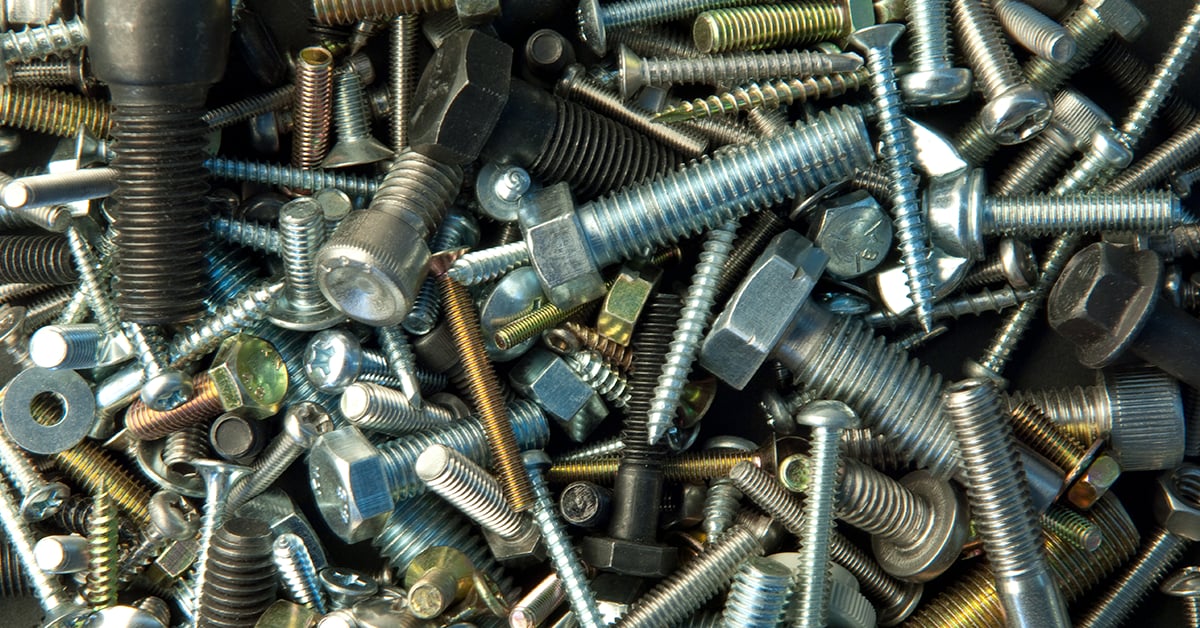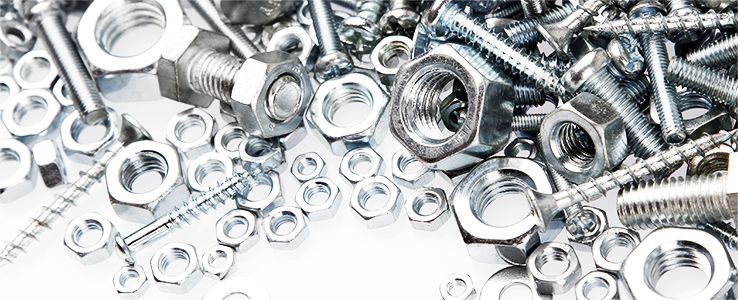Parts and features of a nail
Every nail has a head, shank, and tip. It also has a specific purpose. Here’s what you should know about nail design, materials, and finishes:
Head
A nail head serves as a striking surface for the hammer and keeps the materials you’ve nailed together from coming apart or cracking.
- A flat, circular head provides a broad target, maximum hold, and will make the nail easier to remove.
- A rounded or conical head can be countersunk below the surface of the wood and easily concealed, and may have a cupped surface to steady a metal trim nailset.
Shank
The shaft or body of the nail. A smooth shank drives easily; shanks with annular rings, threads, grooves, or twists have more surface area to deliver a stronger, more permanent hold.
Tip
The nail’s point separates the wood and makes room for the shank to enter.
- A diamond tip, the most common, has a four-sided tapered cut.
- An elongated diamond tip is sharper and penetrates more easily.
- A blunt point takes more effort to drive but will reduce splitting in harder woods.
- A conical tip is used in masonry nails and creates less friction than diamond tips.
Materials
Most nails are made of steel wire. Other possible materials include hardened steel, stainless steel, aluminum, copper, and brass.
- Each is unique in its strength, corrosion resistance, cost, and appearance.
- For example, mild steel is inexpensive and strong but rusts easily.
- Aluminum and stainless steel inherently resist corrosion but are not as strong as mild steel.
Finishes
Most steel nails have a coating, plating, or finish to improve their strength, corrosion resistance, or appearance.
Here are the most common finishes:
- Bright-finish nails are lightly polished but not coated. Not recommended for outdoor use.
- Hot-dipped galvanized nails are dipped in molten zinc for a rough, dull coating that resists corrosion. Best for outdoor projects and cedar, redwood, and treated lumber that require “ACQ-compatible” nails.
- Zinc-plated (electroplated galvanized) nails are coated in zinc powder for a bright finish. Not for outdoor use.
- Blued nails are heat-treated until the oil is completely burned off, leaving a nail that’s clean and easy to work with. However, without any coating, blued nails rust easily.
- Paint is a decorative element generally reserved for finishing nails to match wall and/or moulding and casing colours.
- Cement-coated or vinyl-coated nails are dipped in resin to improve their grip. The resin heats up as it’s driven into the wood and “glues” itself into hole. This is useful for nailing green wood that can warp and loosen nails as a result.























